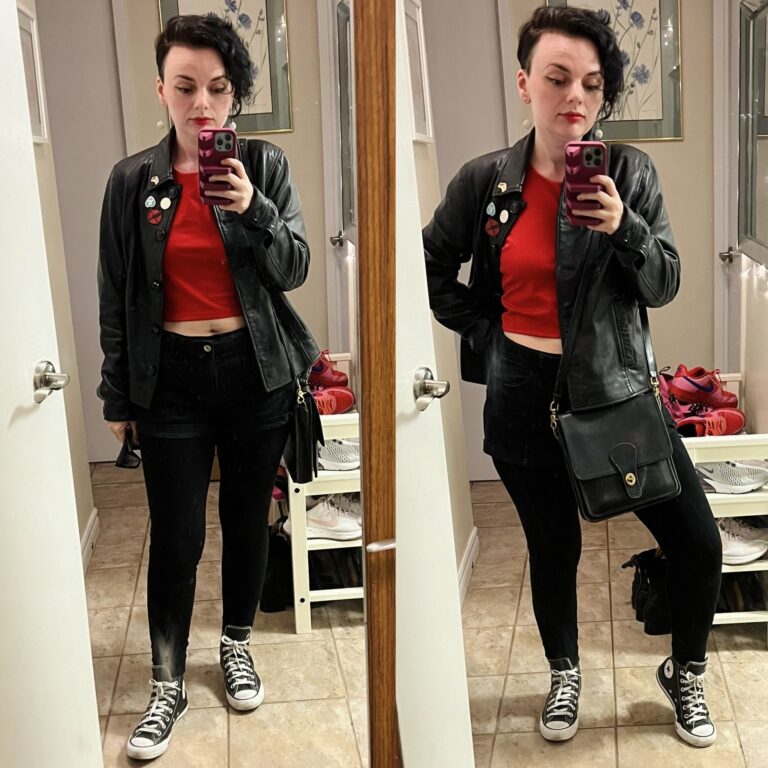
May 15th, 2025
A very unglamorous day followed by a substantially more glamorous night: I wore this out to get some medical tests done, including my routine STI testing (Safer Six is my go-to in Toronto these days; they’re always lovely!), and then later to meet up with my brother Max for dinner at Fran’s and to go see the Classic Albums Live performance of Michael Jackson’s Thriller at Massey Hall, for which I’d bought us tickets as Max’s birthday gift a few months prior. The show was fantastic – so much energy, so many good vibes!
What I’m wearing:
• Red camisole with built-in bra (a.k.a. “brami“) – Gap; I have like 4 of these now and they’re so good, especially for those of us who medically cannot tolerate real bras
• Black leather jacket – Danier Leather, covered in pins from various sources
• Black short-shorts – H&M back in 2017; I wore these for practically the whole summer when I was 25 and they are back, baybee
• Black leggings (worn under the shorts) – H&M
• Black leather Converse sneakers
• Vintage black leather Coach Station bag
• Silver disco ball earrings – H&M

May 16th, 2025
During the day, I wrote a rabbit vibe review. Then, in the evening, I slithered into this cute little outfit to trek across town to Comedy Bar East for a show that one of my musical improv teammates was in. It was a longform improv show (my fave kind) and the troupe was trying out some cool new formats. Non-musical improv, in this case, although my friend did do some rapping in one scene! Afterward a few of us hung out shooting the shit in the bar until late, and then moseyed tipsily to various other locations, eventually ending our night by doing musical improv over YouTube karaoke tracks in a friend’s cozy basement apartment until 3 a.m. Truly can’t remember the last time I was out that late (and not fucking miserable about it), but time flies when you’re having fun with comedy friends!
What I’m wearing:
• Pink cropped T-shirt – Gap (can you tell I placed a big order there recently to update my wardrobe for improv classes/shows? I didn’t have enough solid-color, casual shirts!)
• Black velvet skater skirt – Forever 21 several years ago (worn with black bike shorts underneath, because being constantly fearful of flashing passersby when a gust of wind arises is not chic, darling)
• Pink leather Doc Martens
• Vintage black Coach Station bag
• Rainbow earrings – 3Delightfulshop on Etsy
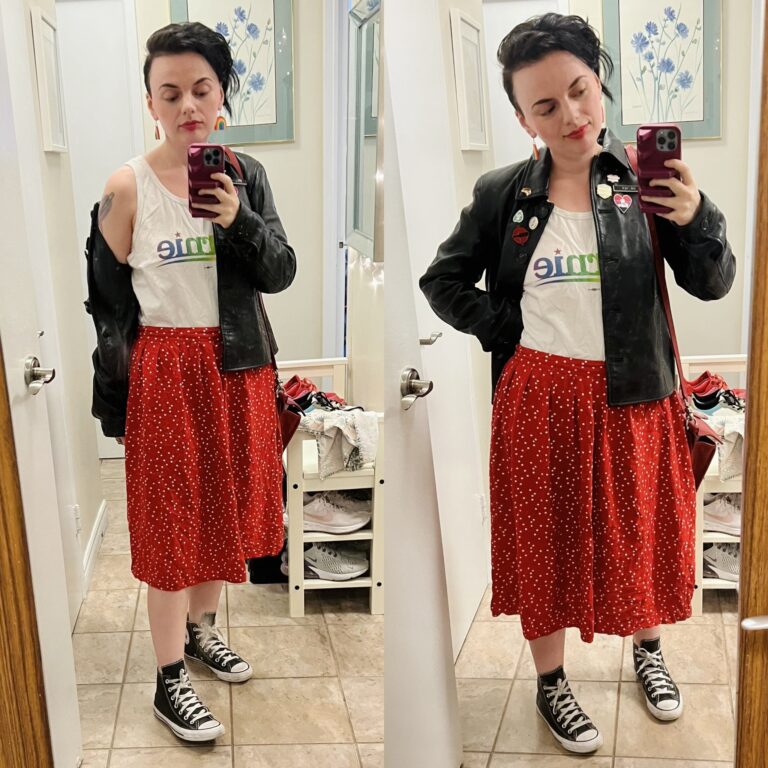
May 17th, 2025
My friend’s show was so good that I ended up going to the second one the following day! Wanted to see more of those interesting longform structures his troupe was doing. Then I journaled on the long streetcar ride back home, at which point my far-away cinephile sweetheart (a.k.a. the Movieboy) and I watched a Hitchcock flick together online (The 39 Steps, which was quite good).
What I’m wearing:
• Bernie Sanders campaign tank top (frayed and full of holes at this point… just like my faith in democracy, ha ha)
• Red polka-dotted midi skirt – Forever 21
• Black leather Chuck Taylors
• Black leather jacket – Danier Leather
• Rainbow earrings – 3Delightfulshop
• Vintage red leather Coach Willis bag

May 30th, 2025
I have been on low-dose naltrexone (LDN) for my fibromyalgia for about 6 months. Some of the effects are not-so-great for me (of which more later), but the main ones are fabulous: I’ve noticed a significant reduction in pain, and a significant boost in mood and energy. As a result, I’ve been able to lead the closest thing I’ve had to a “normal life” since developing this disease at age 23 and receding gradually further into the isolated chronically ill lifestyle since then. I am grateful every morning when I take my LDN, because it has totally turned my life around!
In fact, I have so much more energy now that I can usually go on 1-2 walks a day, of about 45 minutes each. (For reference, a year ago I would’ve needed to lie down for a few hours after taking a walk like that.) This is especially great right now, since I’m trying to keep my energy/endurance up for the weekly musical improv shows I’m doing every Sunday in June, and am loving being able to actually exercise without needing to take an achy depression nap afterward! It’s also great because I get to put together cute outfits like this one for my walks, which of course just helps motivate me further.
What I’m wearing:
• Turquoise “Slime Puppy” tank top – an impulsive and probably drunken late-night Amazon purchase some years ago (for those unfamiliar, “slime puppy” is an epithet from Succession which Gerri slings at Roman in one of their erotically fraught tête-à-têtes; it famously was not scripted, and was improvised by J. Smith-Cameron during filming)
• Black short-shorts – H&M
• Black leather belt – Gap
• Black leather Chuck Taylors
• Turquoise/purple “Think Positive” snapback hat – MaruHats
• Prescription sunglasses – Zenni
• Apple Watch with navy leather Hermès band (gotta track those biometrics, baby!)
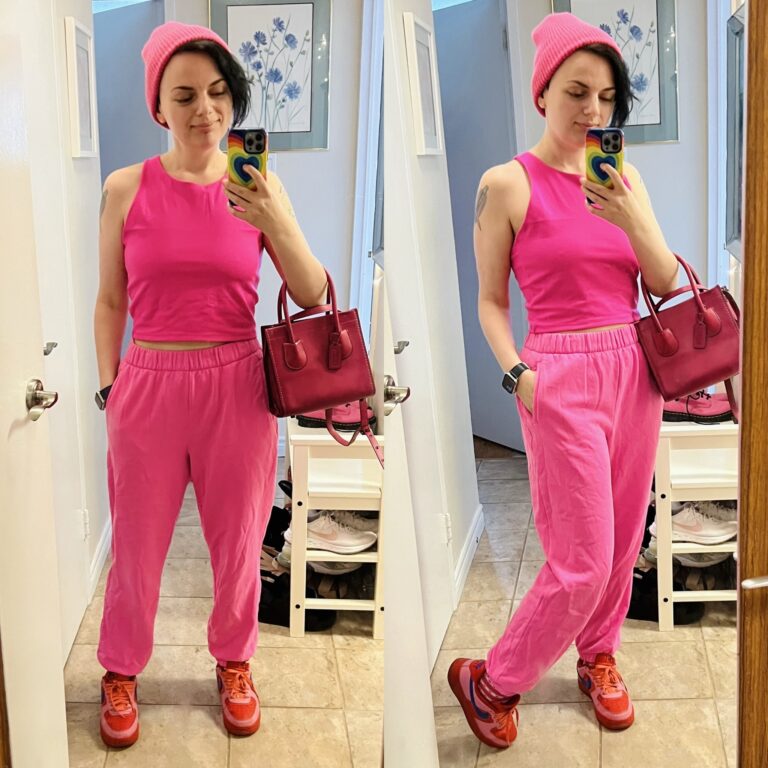
June 1st, 2025 (daytime)
Another outfit for a walk. This look is a prime example of what Gala Darling might call “dopamine dressing” – i.e. putting together outfits purely for how good they make you feel, and how good they might make other people feel when they see you! Sure enough, kindly strangers lobbed compliments at me as I sauntered past in my fruity finest.
One of the errands I ran in this ensemble was stopping at the liquor store for a bottle of rosé for my aunt… Something iconic about rocking up to the booze shop in an all-pink outfit to buy an all-pink wine 😂
What I’m wearing:
• Pink knit hat – Only
• Pink “brami” – Gap (gift from my mama the night before, who knows me very well, evidently)
• Pink fleece-lined sweatpants – Gap, soooo cozy
• Pink & red custom Nike Air Force 1s
• Pink leather Coach bag
• Apple Watch with navy leather Hermès band

June 1st, 2025 (nighttime)
For the evening’s improv show + jam, I changed into this. My troupe has been dressing in blues and blacks when we perform lately, to give us a more professional/unified look, so I’d pulled some old black/blue/navy dresses from the far reaches of my closet, including this little number, which I seem to remember wearing on lots of sweaty, sexy dates the summer I was 25.
It was a good show for me – I improvised a jazz song about dancing in the streets and a blues verse about scarves, among other things – and I even won the rhyming-based elimination game we played at the end of the jam, so I was deemed the ‘champion’ of the evening and had my photo taken for the champions’ wall… hence the silly triumphant poses in some of these photos, haha! (The middle one is just me laughing at one of my hilarious pals. This type of full-on head-tilted-back cackle is not at all unusual for me at these shows…!)
What I’m wearing:
• Navy polka-dotted dress – H&M many years ago
• Black leather belt – Gap
• Black leather Chuck Taylors
• Red heart-shaped prescription glasses – Zenni (I try not to wear these during our actual shows because they are A Bit Much when you’re trying to play lots of different characters, some of whom would never dream of wearing something so silly-looking – but I usually put them back on for the improv jam afterward and get lots of compliments on them, haha)
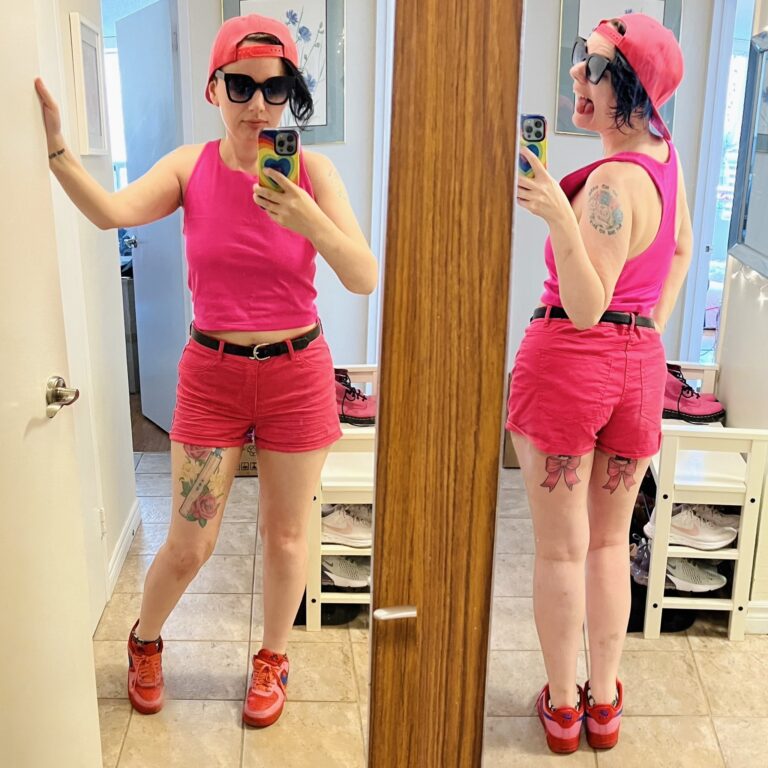
June 3rd, 2025
Another all-pink outfit for a walk! It was super sunny and warm so I decided to bust out these very small shorts from my mid-twenties. There aren’t many places I would wear these, but they’re fine to wear on a walk, so long as I keep my noise-canceling earbuds in and aggressively ignore any men who try to shout anything my way…
What I’m wearing:
• Pink snapback hat – an impulsive eBay purchase some years ago, I think?
• Pink “brami” – Gap
• Tiny pink shorts – H&M many years ago
• Black leather belt – Gap
• Black prescription sunglasses – Zenni
• Pink & red custom Nike Air Force 1s

June 4th, 2025
I wore this to go see lesbian rock legend Carole Pope perform an unplugged set at Hugh’s Room with some family members. Carole was a long-time bandmate and collaborator of my late uncle Kevan Staples, who passed away earlier this year, so it was emotional for us to see her perform again, especially some of the songs she co-wrote with Kevan. Really awesome set, and a great crowd full of fellow queers, who sang along with wild abandon to Carole’s songs about fisting and safewords – what a way to kick off Pride month!
What I’m wearing:
• Pale blue cropped T-shirt – Gap
• Black pleated tennis skirt – Uniqlo
• Royal blue knee-high socks – the now-defunct kinky Minneapolis coffee shop Leather & Latte
• Black leather Frye harness boots
• Turquoise leather Tiffany’s dog collar – from my beautiful wife
• Silver disco ball earrings – H&M
• Black leather jacket – Danier Leather
• Vintage black Coach Station bag

June 5th, 2025
Here’s what I wore to run some errands today, including picking up an antibiotic for a UTI that I didn’t even know I had until my doctor called me this morning to tell me 😂 Bodies are strange…
(Content note: This next paragraph is gonna talk about weight loss, appetite/eating, and body image. I aim to discuss these things from a body-positive or at least body-neutral perspective – no fat-shaming here! But please absolutely feel free to skip the whole paragraph if that stuff is gonna trigger/trouble you. Thanks for taking care of yourself!)
Speaking of “bodies are strange”: As I mentioned, I’ve been on LDN for a while – and one of the unfortunate side effects (in my view) is that it severely fucks with my appetite, which was already lessened due to the Wellbutrin I’ve been taking for my depression for the past 5+ years. This makes sense, due to how both drugs interact with the brain’s reward system (which is also why naltrexone is so useful for treating alcohol dependency, for instance), but is super annoying for people like me who like food and want to be able to enjoy it! I can really only eat maybe one-quarter to one-third as much per meal as I used to be able to, before I start feeling uncomfortably full and have to stop. This has resulted in some significant weight loss, as eagle-eyed readers may already have noticed (thanks for not saying anything about it, that would be rude and gross!), and I’m still actively adjusting to these changes. A lot of my clothes are literally hanging off me, as seen here (this skirt used to sit at my waist and now droops down to my hips), which makes me feel weird/bad/like this isn’t really “my body,” and it’s also weird to be feeling so energetic, motivated and happy while I’m literally shrinking away, especially since I have some history of disordered eating and bad body image. I guess the next step is probably to get a bunch of my clothing tailored to fit my current body, since I plan to stay on this drug for the foreseeable future and don’t want to keep living in this limbo where almost nothing fits me. But it’s also tough to accept that this really is my body now, and that it won’t change again anytime soon (because who knows?! it might!). Anyway, if you’ve ever been through something similar and have advice/wisdom to share, I’d love to hear from you in the comments!
What I’m wearing:
• Pale blue cropped T-shirt – Gap
• Turquoise pleated tennis skirt – not sure
• Royal blue knee-high socks – Leather & Latte
• Grey knit beanie – eBay
• Black prescription sunglasses – Zenni
• Vintage black Coach Station bag
• Blue metallic Doc Martens – bought when I was ~19 and recently rediscovered in my closet at my parents’ house; aren’t they wild?!
P.S. Want more posts like this? Check out the ‘outfit‘ tag!

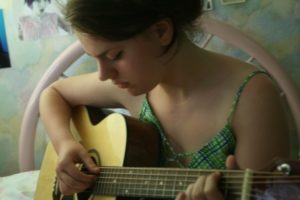
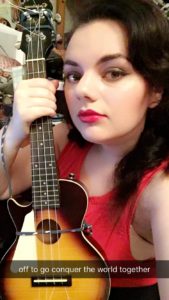
 There’s a term I love, “access intimacy,” which I learned from some kink workshop at a conference long ago. (I can’t recall who introduced me to this concept, or I would credit them.) It refers to the intimacy you can have with people who recognize and meet your access needs – whether those needs are related to physical disabilities, such as requiring ramps and access to handicapped bathrooms, or mental-emotional issues, such as needing to avoid certain PTSD triggers or needing a slow approach to task-switching due to ADHD.
There’s a term I love, “access intimacy,” which I learned from some kink workshop at a conference long ago. (I can’t recall who introduced me to this concept, or I would credit them.) It refers to the intimacy you can have with people who recognize and meet your access needs – whether those needs are related to physical disabilities, such as requiring ramps and access to handicapped bathrooms, or mental-emotional issues, such as needing to avoid certain PTSD triggers or needing a slow approach to task-switching due to ADHD.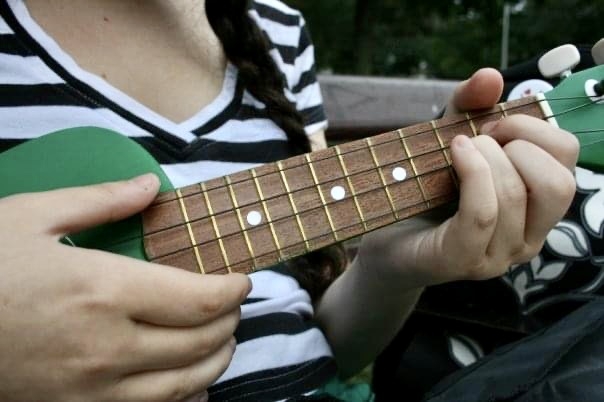
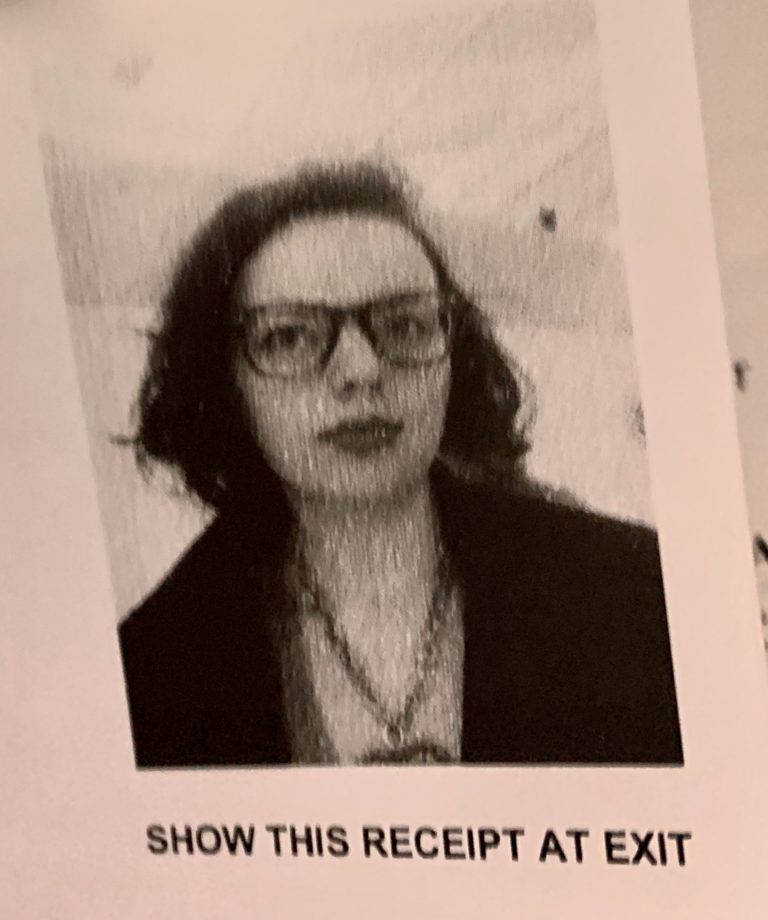
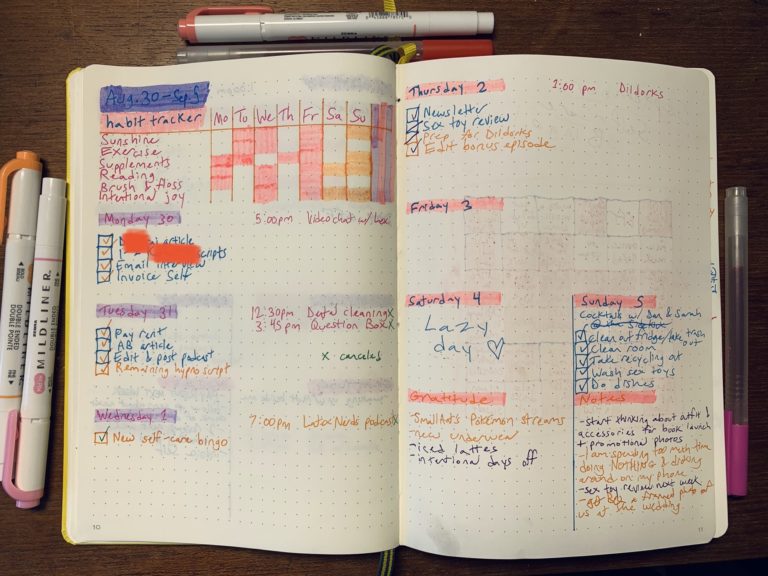
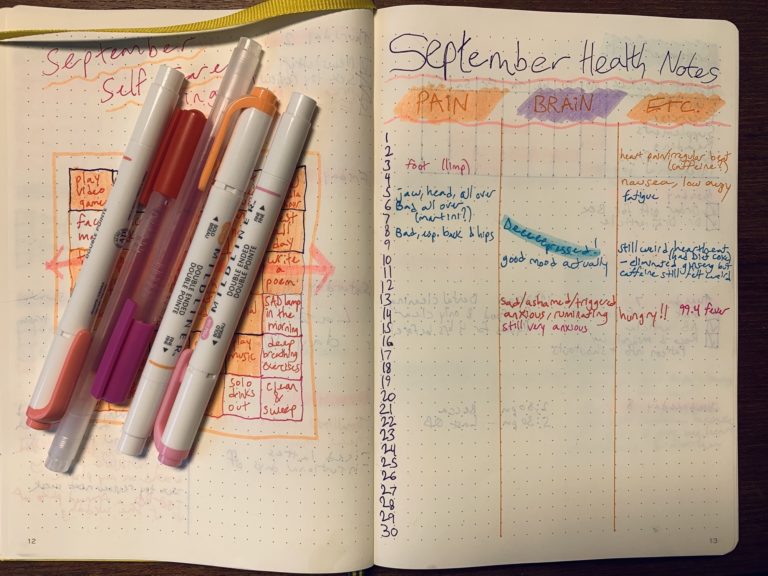
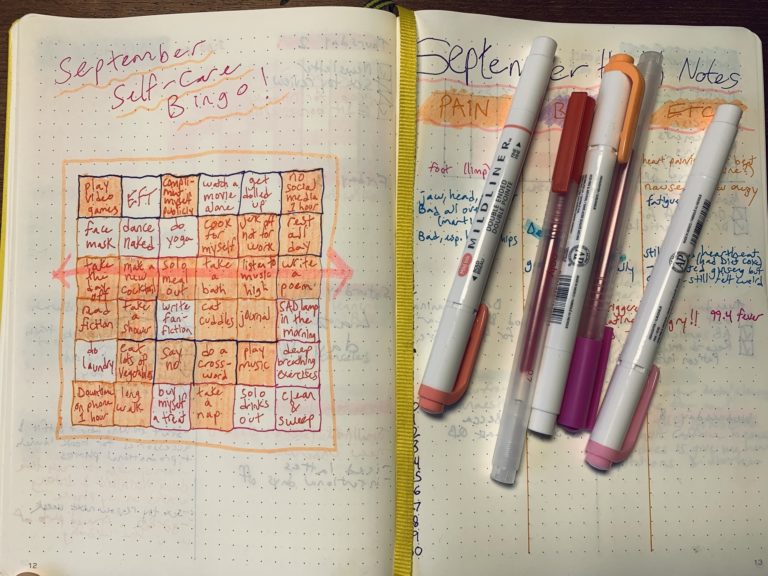
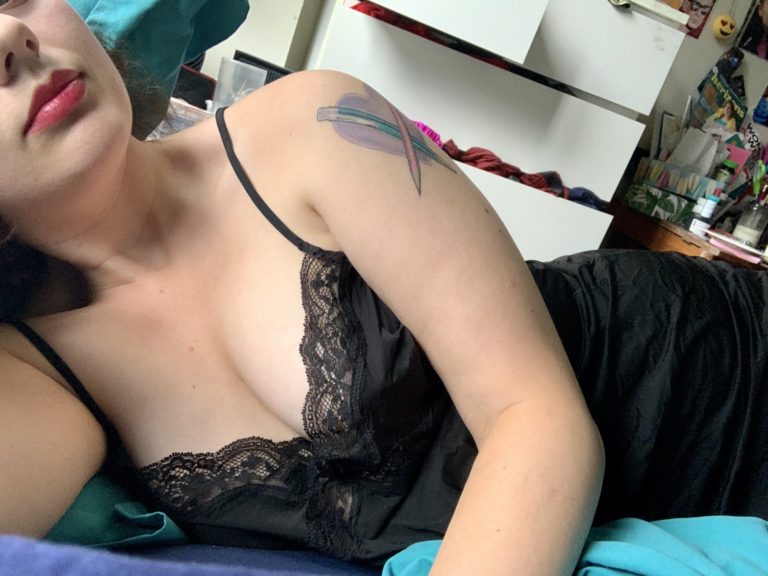
 Cute tops help me feel like a human even when my body isn’t cooperating. I’ve recently sought out
Cute tops help me feel like a human even when my body isn’t cooperating. I’ve recently sought out  Cashmere sweaters are super comforting and cozy. They especially help me when cold weather is causing pain flare-ups; one day I’d love to own a pair of cashmere leggings for similar reasons (feel free to recommend some in the comments!).
Cashmere sweaters are super comforting and cozy. They especially help me when cold weather is causing pain flare-ups; one day I’d love to own a pair of cashmere leggings for similar reasons (feel free to recommend some in the comments!).  Jumpsuits and rompers are best for those days when I just can’t be bothered with separates.
Jumpsuits and rompers are best for those days when I just can’t be bothered with separates.